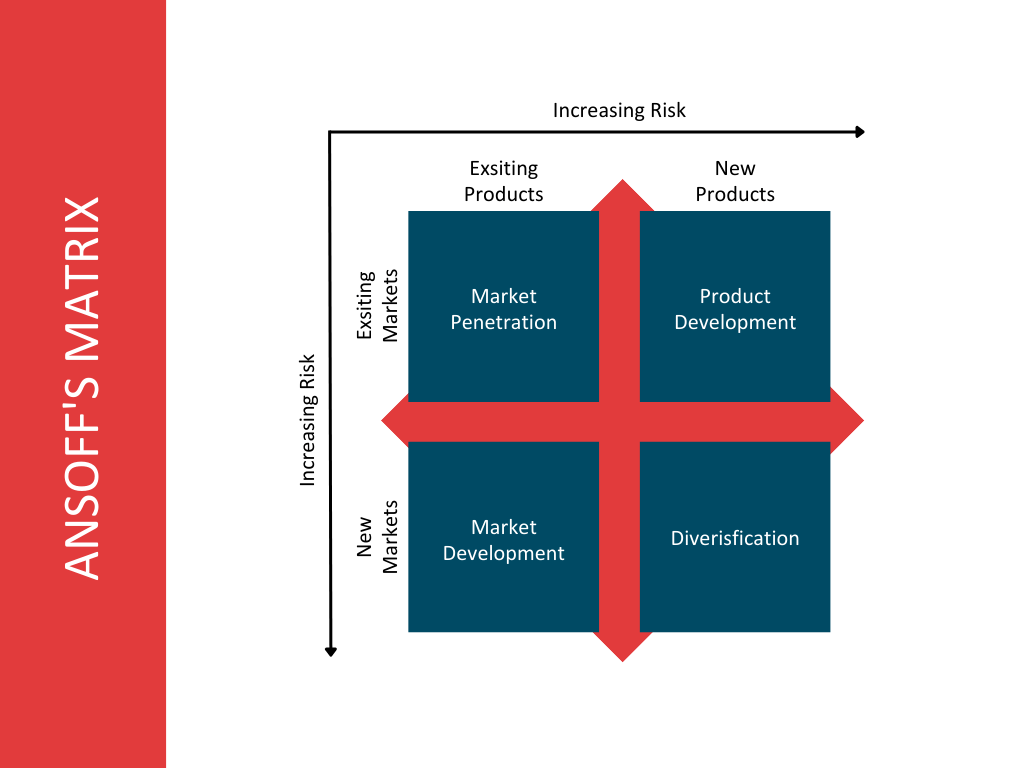marketing blog
Marketing plan: How to start
04/09/2023

In the dynamic and competitive landscape of business, a well-developed marketing plan is a crucial tool for success. A marketing plan assists you in defining your business and marketing objectives and in devising a strategy to achieve these objectives.
How do I begin writing a marketing plan? In this article, we will guide you through the 10 essential steps to create a successful marketing plan that sets you on the path to success.
Before delving into the strategic components of a marketing plan, it’s essential to assess your company’s current situation. This includes elements such as:
By thoroughly evaluating these aspects, you will gain a comprehensive understanding of the foundation of your business.

The MABA analysis, or Market Attractiveness and Business Attractiveness analysis, is a strategic tool for evaluating product-market combinations.
It involves identifying these combinations, assessing factors like market size, competition, and business strength, assigning weights to these factors, and creating a matrix to visualize the results. Based on the matrix positioning, companies can determine whether to invest, selectively invest, or divest in particular product-market combinations, making it a valuable tool for strategic decision-making in marketing and portfolio management.
Once you’ve assessed your own company, it’s time to venture into the broader market landscape. This involves delving into your industry. To accomplish this, it’s important to research the prevailing trends and dynamics within your sector. This research provides you with a holistic perspective on your company’s context within the industry.
Understanding your target audience is a fundamental building block of effective marketing. In this step of your marketing plan, you will describe to whom you are selling. Does your organization provide products and/or services to a business-to-business (B2B) audience or consumers?
Develop a detailed buyer persona, which represents your ideal customer. Focus on characteristics such as age, location, language, interests, challenges, etc. This will give you a clear picture of who your customers are. Creating the buyer persona can be done through interviews or surveys and should be as realistic as possible. Give your potential customers a name and a face.
This information will help you tailor your marketing strategies to your audience. The better you define your target audience, the greater the chances of success for your business.
Competitive analysis is essential when creating a marketing plan. Your buyer persona navigates through a wide range of choices while seeking solutions to meet their needs. Stay ahead of the competition through competitive research, where you analyze the other players in your market to gain insights into their marketing strategies and positioning.
Identify their strengths and weaknesses and discover areas where you can differentiate your brand. This information will help you tailor your marketing efforts to effectively compete in the marketplace.
With all this valuable information, we can conduct a SWOT analysis, a strategic framework used by companies to assess their internal strengths and weaknesses alongside external opportunities and threats. The objective is to make strategic adjustments that can transform these threats and weaknesses into promising opportunities and strengths.

The next essential step is to establish a marketing objective for your business. Begin by defining Specific, Measurable, Achievable, Realistic, and Time-bound (SMART) marketing goals. These objectives should align with your overall business goals and provide clear direction for your marketing activities. Common marketing goals include increasing brand awareness, driving website traffic, boosting sales, and expanding market share.
These goals serve as the foundation for creating a plan that effectively guides you in achieving them.

To create an effective marketing strategy, you can leverage the insights of Ansoff’s Growth Matrix.
By aligning your business objectives with Ansoff’s four growth strategies – market penetration, market development, product development, and diversification – you can tailor your approach to existing or new markets with existing or new products.
This strategic framework serves as a compass to navigate the dynamic landscape, enabling your business to make informed decisions and maximize growth potential.
Your marketing strategy is shaped by the insights you’ve gained in the previous sections and outlines how your business will navigate the market. It defines the unique value your company offers to its buyer persona that sets it apart from competitors.
The 4Ps – Product, Price, Place, and Promotion – form the foundation of an effective marketing plan. Use these to describe how you will approach the market and what you will offer, along with pricing.
By strategically applying these four pillars, businesses can develop an attractive market strategy that encourages participation, promotes sales, and ensures sustainable success.
Determining your marketing budget is a crucial step in ensuring the success of your marketing efforts. Calculate the required budget for each marketing tactic. A well-distributed budget enables you to execute your strategies effectively and maximize your Return On Investment (ROI). Consider factors such as advertising costs, content creation expenses, and personnel costs when setting your budget.
Once your marketing plan is in place, its execution is vital for achieving your business objectives. Additionally, a marketing plan is not static; it’s a living document that needs ongoing monitoring and adjustment. Regularly assess your performance against your Key Performance Indicators (KPIs), analyze data, and identify areas that need improvement. Be prepared to adapt your strategies and tactics based on the insights you gather. This flexibility and willingness to refine your approach are crucial for staying competitive and achieving success in the ever-evolving business landscape.
A well-crafted marketing plan is an essential tool for achieving your business goals and staying ahead in today’s competitive market. By following these steps and using a data-driven approach, you can create a comprehensive marketing plan that guides your efforts, maximizes your resources, and leads your business to success. Remember that adaptability and responsiveness are essential, so be prepared to refine your plan as you gather more insights and feedback from your marketing activities.
The consultants at 4P square are ready to assist you in creating and executing a successful marketing plan for your business. Are you still in need of a consultant? Be sure to take a look at our available consultants.
Do you want to create a professional marketing plan for your business for free?
Download our 4P square marketing plan workbook now and start working on your marketing techniques using the insights from this blog!
©2023 4P square | Terms & Conditions | Privacy Policy | Cookie Policy
In cooperation with Yungo and Starring Jane